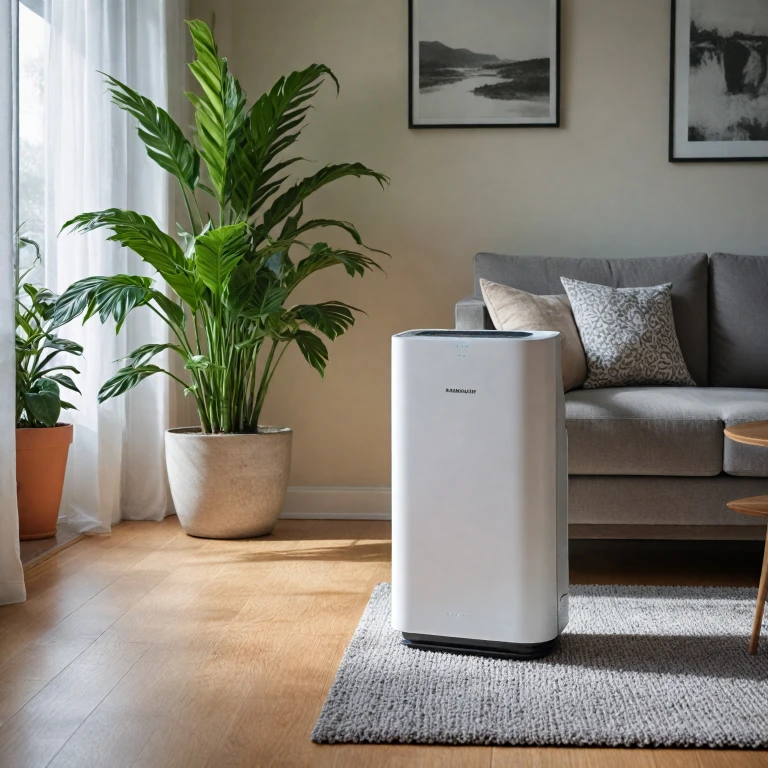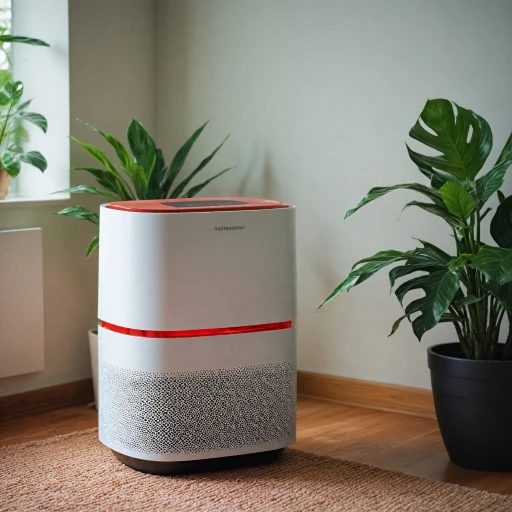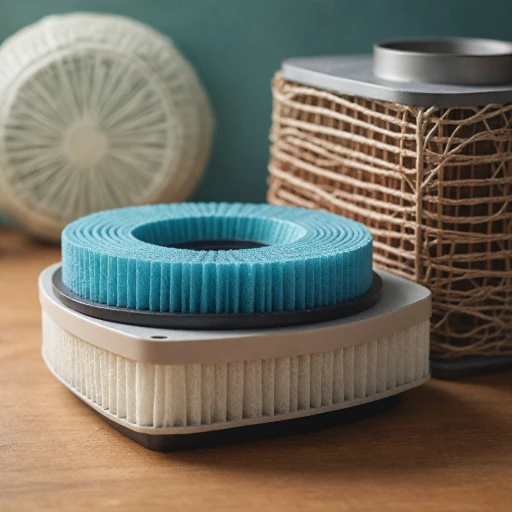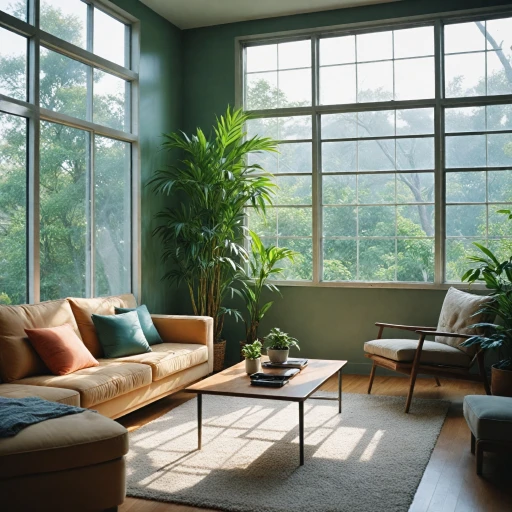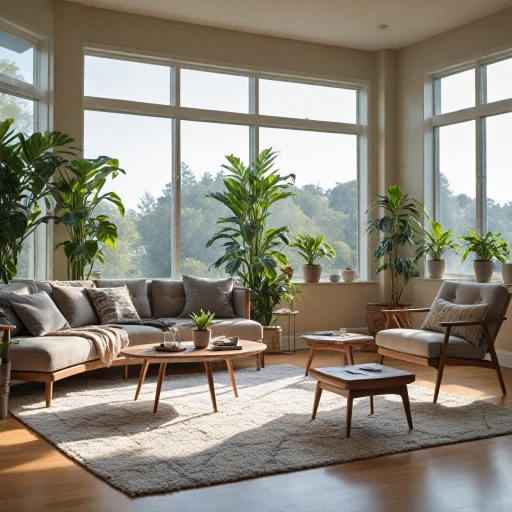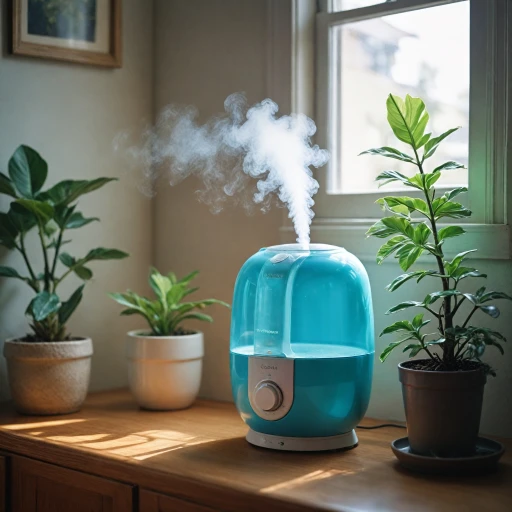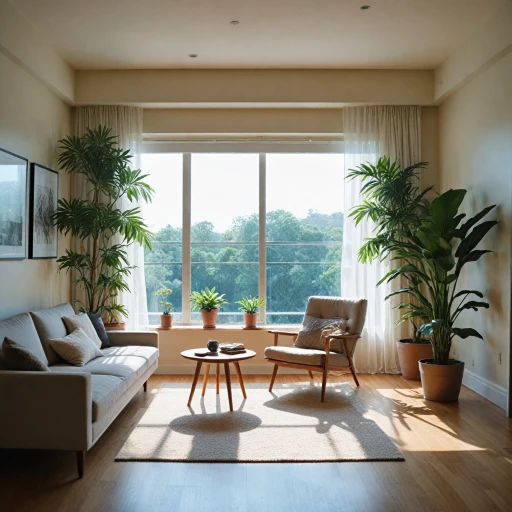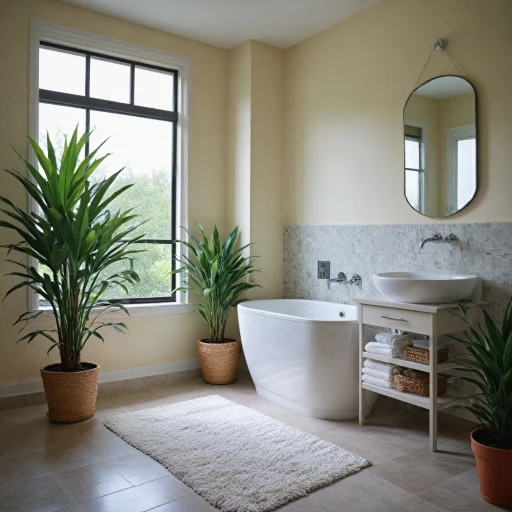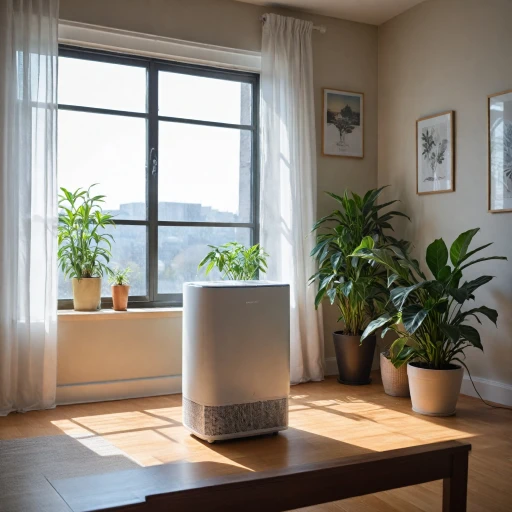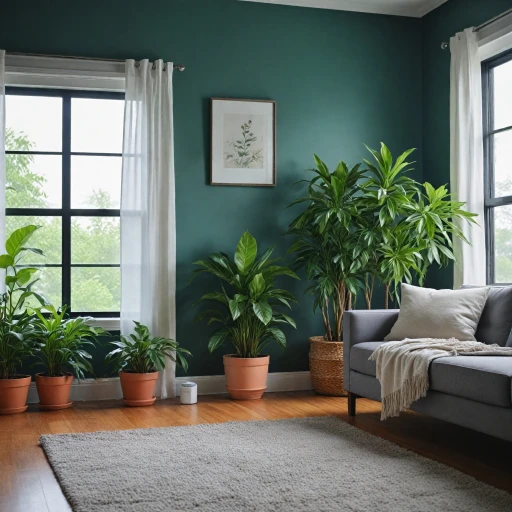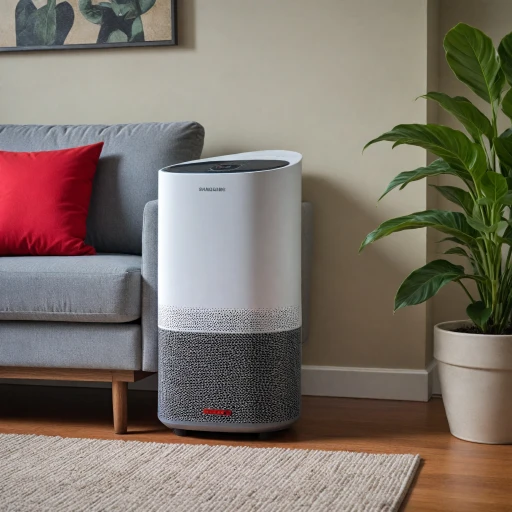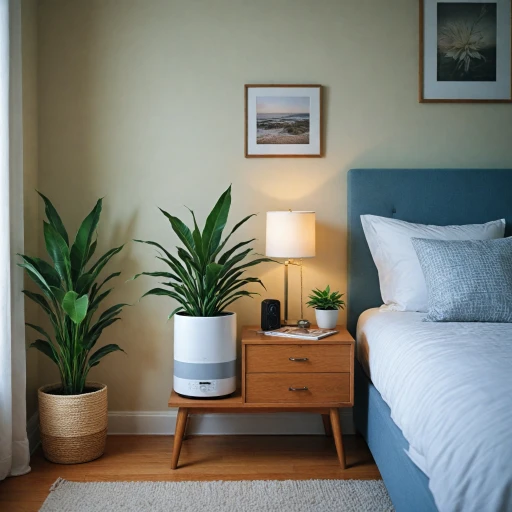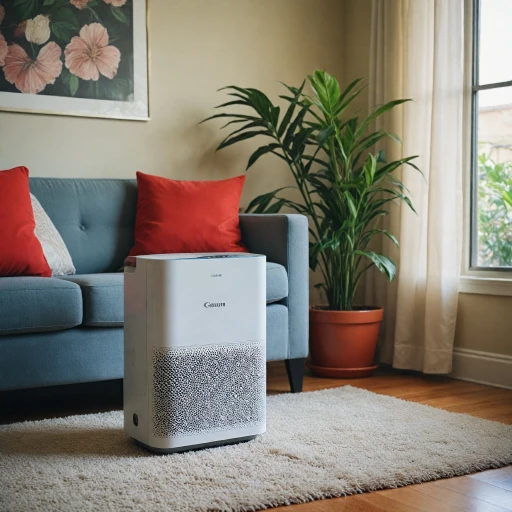
Understanding Air Purifier Functionality
Exploring the Basics of Air Purifier Operation
Air purifiers are critical tools in enhancing indoor air quality in various rooms, such as the bedroom or living room. Regarded as essential devices for those seeking to breathe cleaner air, these machines work by drawing in air, filtering it to remove pollutants, and circulating the clean air back into the room. The installation and placement of air purifiers significantly impact how effectively they function, and this should not be overlooked.
Understanding where to place an air purifier can make a considerable difference. Different placement options can influence air circulation patterns, potentially limiting the purifier’s effectiveness in certain areas. Factors such as room size, airflow, and location of pollutants can dictate the most efficient setup for an air purifier. When deciding on the best location, it's crucial to consider that the performance of these devices depends on strategic placement, maximizing their ability to target airborne contaminants like dust and pet dander.
For instance, placing an air purifier on the floor may be practical in some situations, particularly when dealing with pet dander, which often settles at lower levels. However, such a decision must be comfortably aligned with the purifier's design and operational recommendations. More on this issue can be considered by evaluating the specific benefits and drawbacks of floor-level placement.
The Importance of Placement in Air Purifier Efficiency
Understanding the Impact of Air Purifier Placement
The effectiveness of an air purifier can often depend on where it's positioned in a room. Placement is crucial for maximizing the purifier's ability to capture pollutants and enhance indoor air quality. Here are some important considerations:- Room Size and Layout: Larger rooms or rooms with irregular layouts may require strategic placement to ensure optimal air circulation. Assessing the room size helps determine the best location.
- Airflow and Obstructions: Place the air purifier where there is good airflow. Avoid placing it behind furniture or too close to walls, as this can obstruct the device's ability to pull in air efficiently.
- Close to Pollutant Sources: If possible, place the purifier closer to known sources of pollutants, such as near the kitchen or a spot where pet dander accumulates. This can help the air purifier to target pollutants more effectively.
- Central Location in the Breathing Zone: Opt for a central position in your room, ideally at breathing height, to ensure that the clean air is distributed evenly. This is particularly important in rooms like the bedroom or living room, where you spend significant time.
Pros and Cons of Ground-Level Placement
Ground-Level Placement: Pros and Cons
In the quest for clean air, many wonder whether placing an air purifier directly on the floor is an optimal strategy. Before making that decision, let's consider the advantages and disadvantages. Pros:- Accessibility: Placing an air purifier on the ground makes it easier for maintenance routines such as cleaning and changing the filter. This can help ensure your unit runs efficiently.
- Pet Dander Management: If you share your living room with furry friends, placing the purifier at floor level can effectively reduce pet dander throughout the room.
- Spacious Rooms: For large rooms, like the living room, positioning the purifier on the floor allows it to cover a broad area efficiently. Learn more about optimizing air quality in larger spaces here.
- Dust Accumulation: Being at a lower height, there's a higher risk of drawing in more dust, which may clog the filters faster.
- Limited Air Circulation: Ground placement might not optimize air circulation throughout your room, especially in areas with poor airflow like some bedrooms. The air purifier might miss pollutants floating at higher levels.
- Obstacles: Placing your air purifier on the floor can make it prone to obstruction by furniture or other household objects, potentially hindering its efficiency.
Alternative Placement Options
Exploring Alternative Places for Your Air Purifier
There are various options to explore when considering where to place an air purifier to ensure you are effectively cleaning the air in your room. It's important to prioritize proper placement for optimal air circulation and filtration, a key focus for maintaining indoor air quality. Here's a look at some alternative locations and their benefits:
- Elevated Surfaces: Placing your air purifier on a table or shelf can provide better air circulation, ensuring it captures pollutants before they settle on surfaces or enter your breathing zone. This could be particularly beneficial in a living room where air movement is more dynamic.
- Corners: Positioning an air purifier in the corner of a room can help it draw air from multiple directions, but be mindful of obstructing objects that may impair performance. In a bedroom, this might help improve sleep quality by ensuring cleaner air while you rest.
- Near Potential Pollutants: Placing the device close to known sources of indoor pollutants—such as pet dander areas or kitchens—can help in tackling air quality challenges at the source.
- Away from Walls and Furniture: Ensuring adequate space around your purifier promotes optimal airflow and prevents the accumulation of unfiltered air pockets. This will help your purifier deliver consistently clean air across the room.
- Portable Options: Some air purifiers come with features that allow them to be moved easily around the house. Such flexibility ensures you can place air purifiers wherever needed, providing best air quality throughout different times of the day.
Remember, the goal is to augment air circulation and filter access while ensuring that the purifiers work efficiently to clean the air with every possible bout of pollutants. Adjusting the placement based on room size and specific air quality requirements will make a significant difference in the overall effectiveness of your air purifier.
Factors to Consider When Choosing Placement
Evaluating Key Elements for Effective Placement
- Room Size and Layout: When placing an air purifier, consider the size and shape of the room. Larger spaces or open floor plans might require more than one purifier, or strategically placing it where it maximizes its reach.
- Airflow and Circulation: Ensure there’s an unblocked flow of air around the unit. It should not be crowded with furniture which can hinder optimal airflow and reduce the purifier's ability to clean air efficiently.
- Proximity to Pollutant Sources: Placing the air purifier closer to pollution sources like windows, doors, or where pet dander is prevalent can help tackle contaminants more directly.
- Breathing Zone Consideration: Ideally, position the purifier so the cleanest air is near your breathing zone, particularly important in areas where you relax or sleep, like living rooms or bedrooms.
- Pet Presence and Activity: If pets roam freely, adjust the purifier to a height they can’t easily access or knock over, while considering where their dander is most concentrated.
- Power Source Availability: Placement should be near a power outlet without causing a tripping hazard with extension cords. Ensure the purifier’s proximity to an outlet does not compromise its ideal spot.
- Operational Sound Considerations: Each unit has different noise levels; in a bedroom, you might prioritize a quieter setting that won’t interrupt sleep, while in a busier room, noise might be less of a concern.
- Filter Maintenance Access: Wherever you decide to place your air purifier, ensure that you can easily access the unit for filter changes and maintenance, essential for optimum air quality and purifier longevity.
Expert Recommendations and Common Mistakes
Insights from Experts and What to Avoid
When it comes to maximizing the effectiveness of your air purifier, expert insights emphasize the significance of mindful placement. Here’s what the professionals recommend and some common pitfalls to avoid:- Prioritize the Breathing Zone: Experts suggest positioning the air purifier closer to the breathing zone. This can particularly enhance air quality during sleep in bedrooms. Proper placement in a room can significantly reduce exposure to pollutants like pet dander and other indoor air particles.
- Consider the Airflow Path: Alignment with the room's natural airflow is crucial. Placing air purifiers near air vents or fans can help circulate clean air more efficiently throughout the area.
- Avoid Obstructed Areas: To prevent compromised functioning, keep air purifiers away from corners or behind furniture where airflow may be restricted. This is essential to maintain consistent air circulation and optimal purification.
- Be Mindful of Room Size: Tailor the placement based on room size to ensure the air purifier can handle the space’s dimensions. The living room might require more strategic positioning compared to a smaller bedroom.
- Steer Clear of Moist Areas: Avoid placing the purifier in damp areas, which can degrade its components over time. Instead, focus on keeping it in a dry, stable spot for longer-lasting performance.
